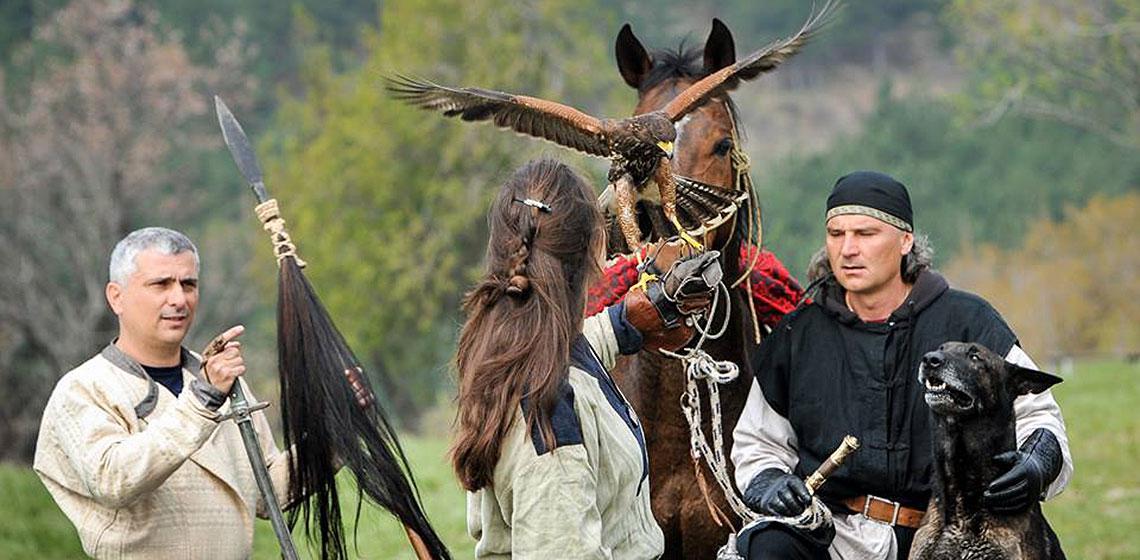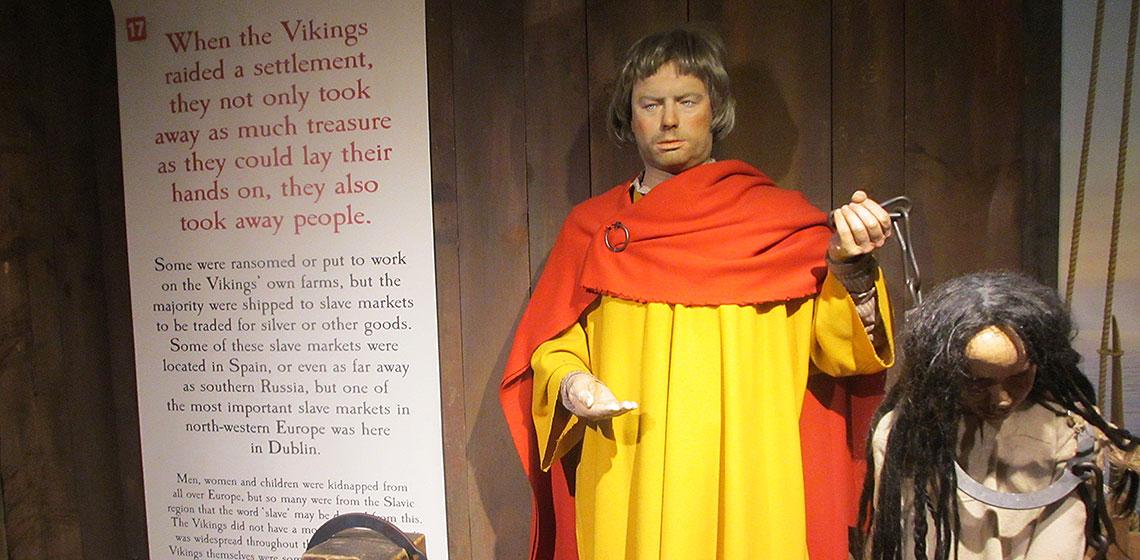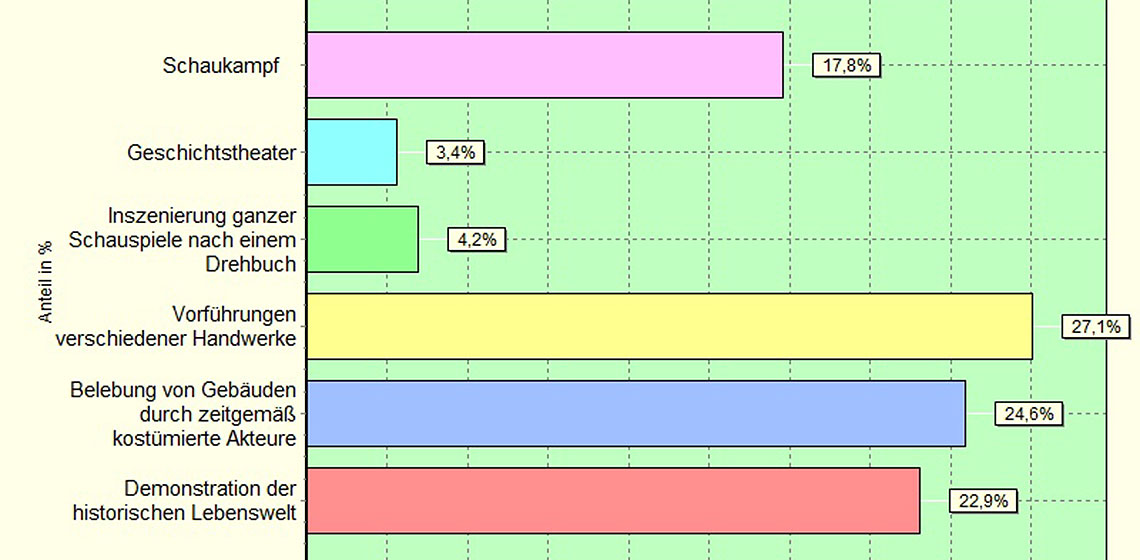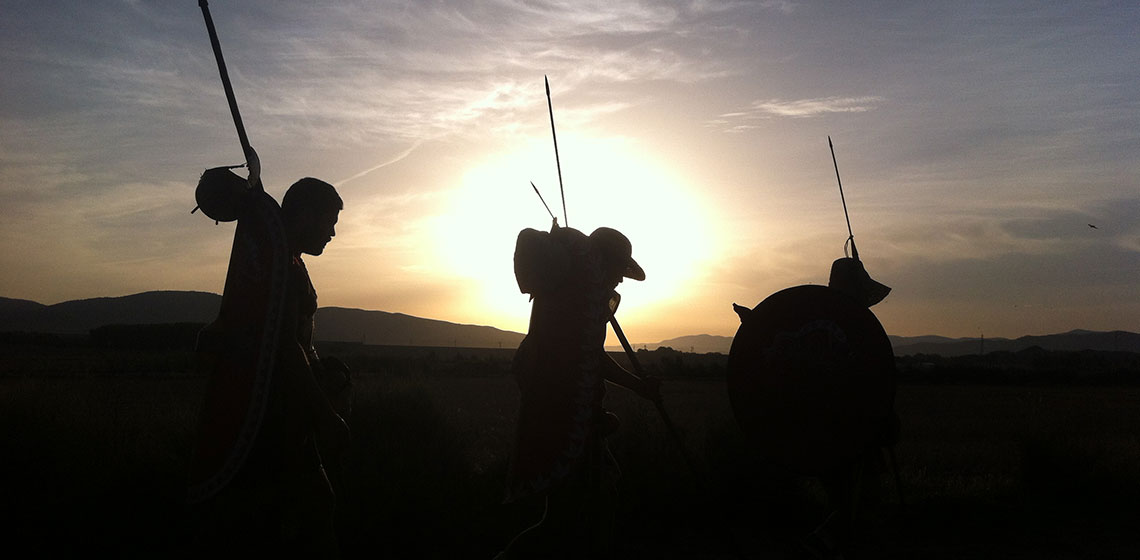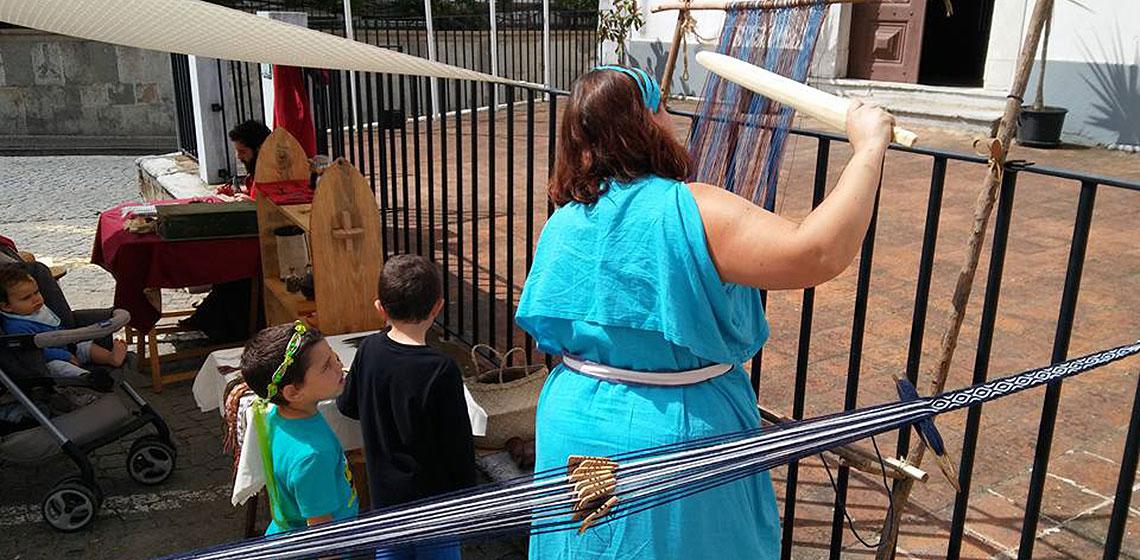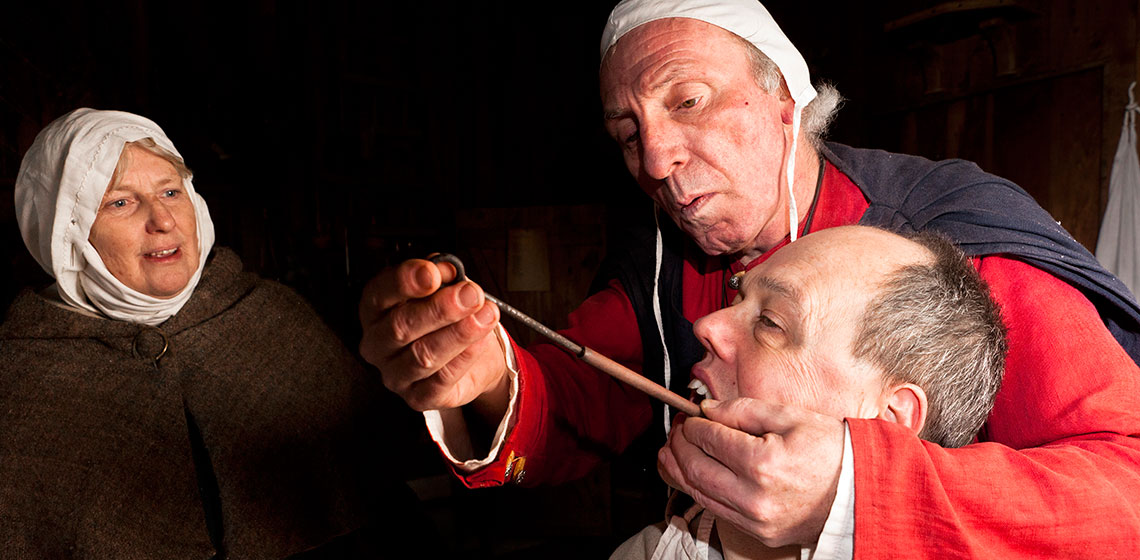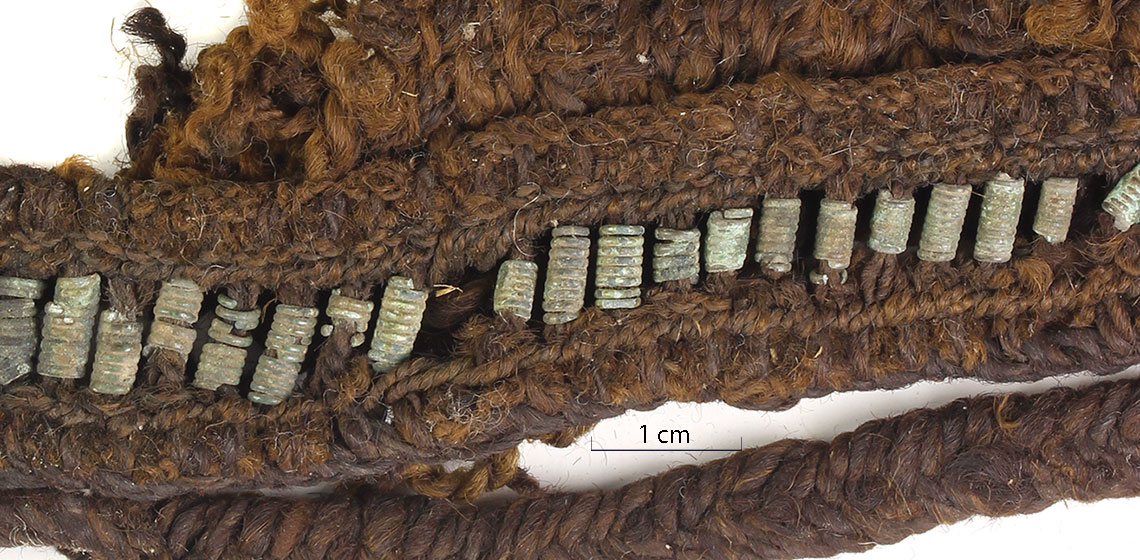The Forgotten Movement – A (Re)construction of Prehistoric Dances
However, after studying archaeological artistic depictions, historical descriptions and contemporary ethnographic examples as the main research sources for the history of dance and dance movement and its development in the context of early human history, we created a conceptual reconstruction of prehistoric dances. It was presented in the form of an educational dance performance with the goal of presenting the archaeological heritage through a possible vision of dances and dance movements from a number of selected prehistoric periods: Neolithic, Chalcolithic, and Bronze Age.


